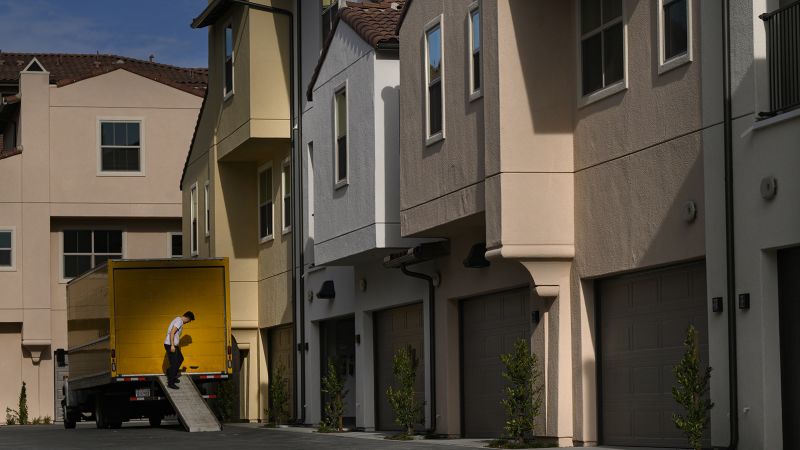The Great Recession and the Rise of Residential Rental Property Prices: A Real Estate Market in the United States Before the Censorship Pandemic
Well before the coronavirus pandemic, Americans were struggling to keep up with the cost of housing, and inflation has made the problem worse: Between September 2021 and September 2022, rental prices for a primary residence rose by 7.2 percent — a measure that typically climbs by just 3 percent per year — and between July 2021 and July 2022, home prices rose by 15.8 percent.
As Francesca Mari explained in a 2020 New York Times Magazine piece, institutional landlords didn’t exist in the single-family rental market before the Great Recession. Over four million homes went into Foreclosure from 2007 to 2011. By 2016 private equity firms had obtained hundreds of thousands of single- family houses in desirable areas and converted them into rentals by making money on rising home values as tenants paid down the mortgages. Real estate investors bought a record 18.4 percent of the homes that were sold in the United States in the fourth quarter of 2001, compared to 12.6 percent the previous year, according to new data from the US Census Bureau.
For most younger Americans, the entree to homeownership, a rite of passage for many adults, has been blocked by forces beyond their control. They have been competing in a market unlike any other, one defined by the largest run-up on home prices in modern history blunted only by the steepest climb in home mortgage rates in decades. With anemic inventory against investors and repeat home buyers, first time buyers are having a hard time getting together money for their down payments and closing costs.
The household income for first-timers fell to $71,000 during the year which ended in June from $86,500 the previous year. Meanwhile, repeat buyers had a median income of $96,000, down from $112,500 the previous year.
Economists and housing advocates have cautioned that the increasingly unaffordable housing market is locking many potential buyers, especially buyers of color, out of homeownership.
The racial homeownership gap is caused by white Americans being homeowners at a rate of 72 percent, and blackAmericans only owning 45% of their homes.
Lautz said that prior NAR research has shown that would-be Black homebuyers have lower incomes, higher debt and less likelihood of family support for a down payment than other groups. Black renters are paid more by their landlord than white renters with a bigger share paying more than 30% of their income.
Creating a Real Estate Space: An Empirical Study of a Small Home Built Between a Home and a Place of Investments
Because of the affordability crunch, homebuyers seemed less able or interested in buying in the area where they currently live. The distance between the current home of the buyer and their new home was typically 15 miles during the two year period. The yearly distance was usually 50 miles during the year.
The average home was about 1,750 square feet, with three bedrooms and two baths, and was built in 1986. This is a small home compared to previous years.
Ms. Elmer, who works in aviation, had to delay her wedding in 2020 because of the Pandemic, and said it felt like it was never our time. Other people have been able to progress despite being stuck at the starting line. It is hard to see the future while we are there, I know we will eventually get there.
The more years a person spends renting, the fewer years they have to build equity in a home and eventually pass that equity along to the next generation. A renter is also forever at the mercy of the mercurial rental market, with little control over what their costs will be from one year to the next.
